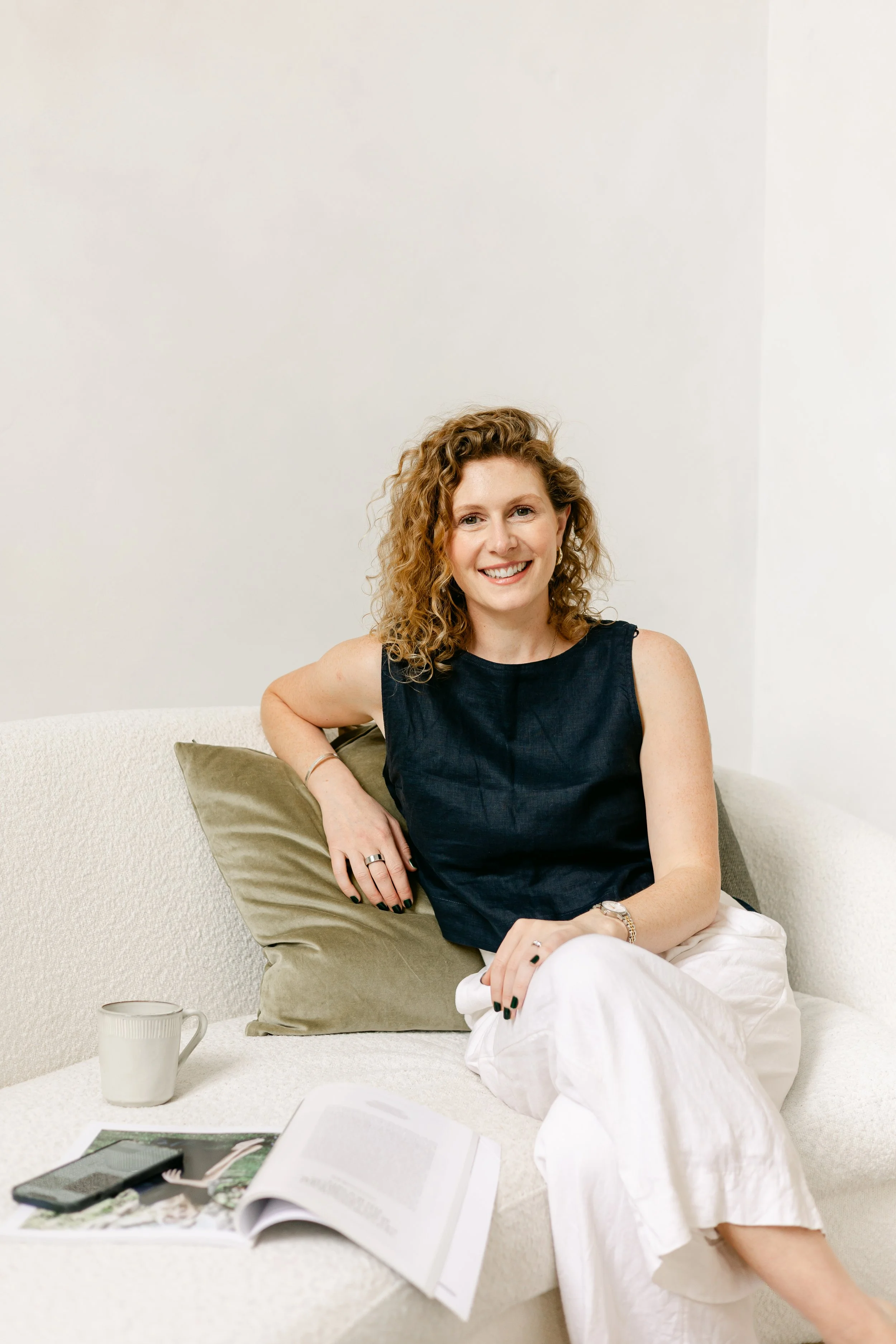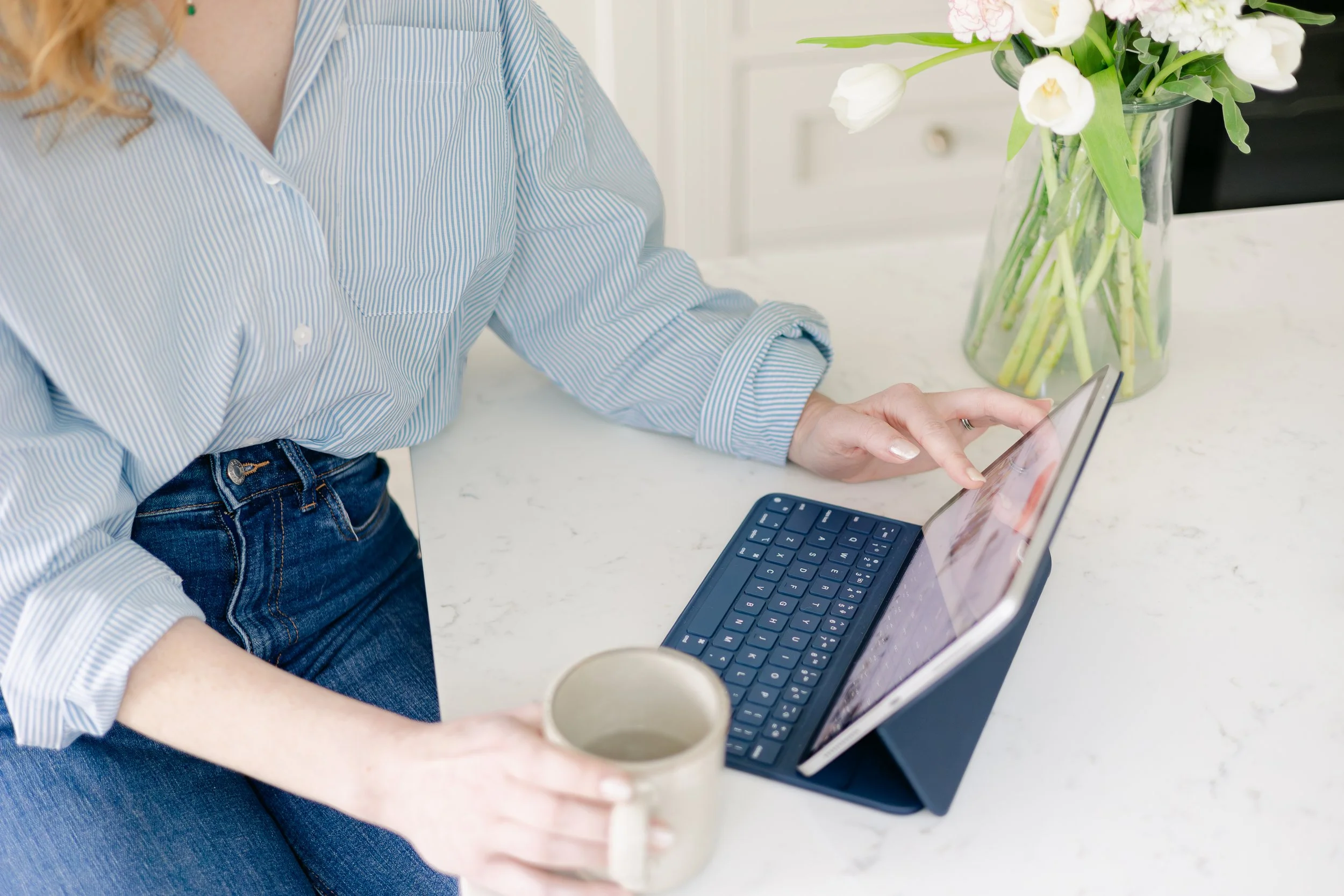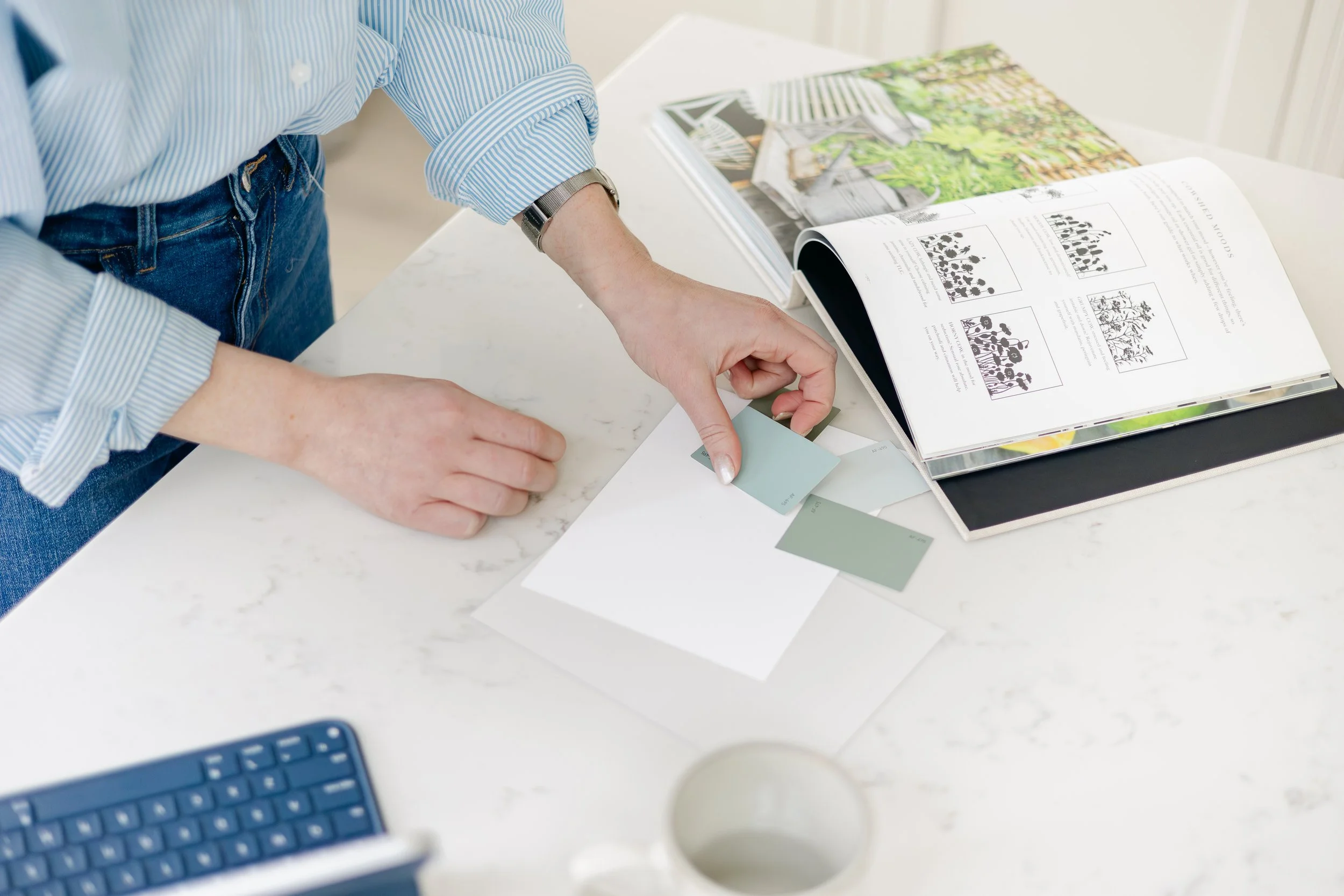Why Strong Brand Assets Matter From Day One: A Guide for New Business Owners
By Lucy Hoddinott, Bespoke Website and Brand DesignerPhotography by Stories by Chloe
When starting a business there is a lot to think about - and it can be hard to decide what to invest in or where to start. As a bespoke Website and Brand Designer working with both brand new and established businesses, I’ve seen first-hand how important it is to develop strong brand assets from day one.
If you’re reading this, it’s probably because you’re thinking of starting your own business or you’ve just taken the plunge. That’s an incredible position to be in! One of my biggest pieces of advice: always remind yourself of how far you've come, rather than focusing only on the things you haven’t done yet.
What are brand assets?
Before we dive in, let's define what ‘brand assets’ really mean. Your brand assets are the consistent elements that visually and emotionally represent your business across all platforms.
They shape how your audience perceives you, build recognition, and create trust. Your brand assets should stay the same across all platforms so however your customers interact with you, your visual identity always stays the same.
Your Brand Asset Checklist: What to Focus On First
When you’re starting out, it can feel like there’s an endless to-do list. If I were to write a quick list of everything you’re probably thinking about, it would look something like this:
Business plan (mission, vision, values, target audience, tone of voice)
What are you actually going to offer and how are you going to sell them?
How do you want to position yourself in the market?
What's your USP (unique selling point)?
Deciding on a business name
Creating your branding and your visual brand assets including your logo
Investing in professional branding photography
Writing the copy for your website
Developing a website and setting up your email.
Posting on social media
Making a marketing plan
This list is a great starting point, but remember to customise it for you and your business.
So where should you start? Here’s the order I always advise clients to work in:
Branding
This includes your business name, logo, colour palette, brand fonts and tone of voice.
If you choose to work with a branding professional, they will usually start with your strategy - defining your target audience, business mission, and values. These create a clear path for your business and shape what your branding should represent.
Messaging & Tone of Voice
Your visual brand is only half the story. How you sound also matters.
Your tone of voice should be consistent whether you’re writing website copy, Instagram captions, or client emails. This is where your values and understanding of your audience really come into play.
Brand Photography
Always speak to your photographer about the best time to work with them.
Having your branding completed before your shoot helps your photographer tailor things to match your brand. For example:
Wearing clothes that reflect your brand colours
Using branded props like business cards in your shoot
Aligning on image styles with your designer beforehand
Your Website
Once your branding and photography are in place, your website brings everything together.
Decide how you want your business to be perceived: modern, minimal, friendly, luxurious? Your site should reflect your visual identity and clearly communicate your offer.
Focus on clarity, structure, and flow before worrying about making it “look pretty”.
Photography by Stories by Chloe
DIY vs. Professional Support: What’s Worth Investing In?
How much of this can you really do yourself - and what’s worth outsourcing?
The simple answer: it’s up to you. It usually comes down to a balance of time vs. money.
Ideally, you would work with a professional. They’ll bring strategic thinking, support, and long-lasting brand assets that grow with your business. DIY assets often work for the first year or so, but many businesses soon feel ready for a more polished, professional presence.
If you are looking to do as much yourself as possible, here are my suggestions:
Branding: Familiarise yourself with a platform like Canva. Research using Pinterest. Note: this will take time! Create logos with transparent backgrounds, save brand colours as HEX codes for digital use, and CMYK/RGB codes for print.
Website: Invest in a pre-built template. These range from £100–£800 and can be found across platforms like Squarespace, Showit, and Wix. A DIY template is more affordable than a bespoke site but requires time and basic technical understanding.
In my honest opinion: the more you can invest from the start, the stronger your brand will be. Professional assets provide longevity and scalability as your business grows.
Also consider: product-based businesses with e-commerce needs will require more robust website functionality compared to service-based brands.
Photography by Stories by Chloe
Timeline Guide: How Long Does It Really Take?
Professionals work more efficiently - they know the process and can guide you through it.
Here’s a general guide:
Branding: 4–8 weeks
Photography: 3–week turnaround
Website: 5–9 weeks
These are just guidelines. Some professionals offer ‘in a week’ options; others may have longer timelines.
Building With Intention and Longevity
Building a business is a huge undertaking, and your brand assets are one of the most valuable long-term investments you can make.
Whether you do it all yourself or hire help, the most important thing is to build with intention, clarity, and consistency. Start strong, and you’ll thank yourself later.



